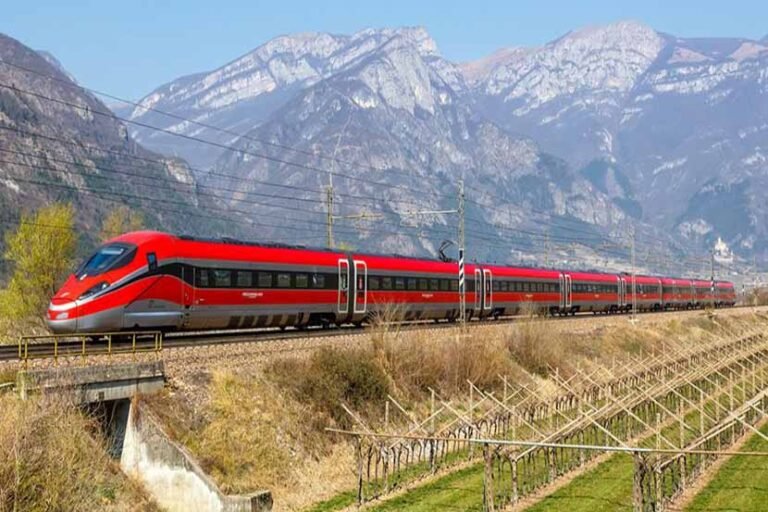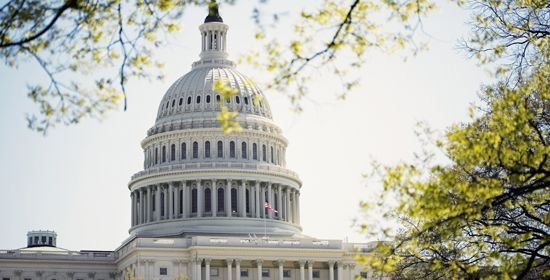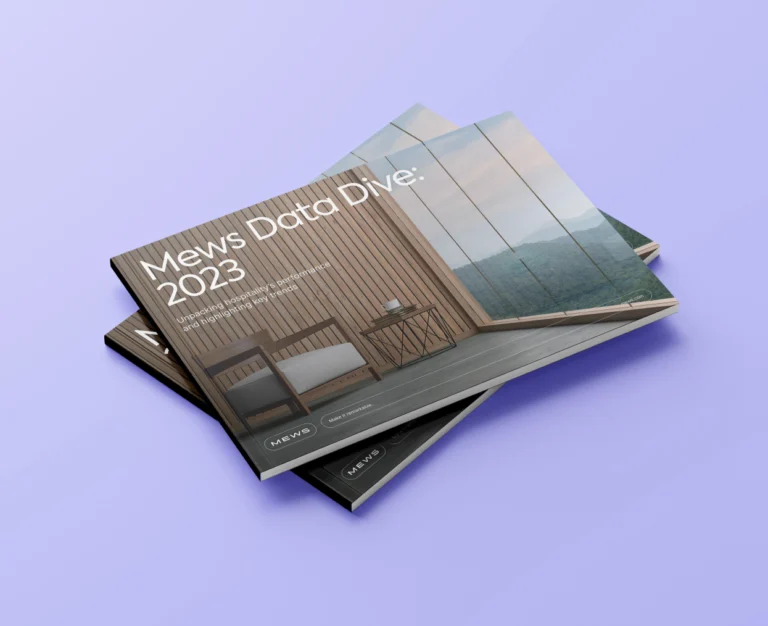People want to make seamless travel payments, but can we keep up?

The world of travel payments is tough, with high expectations from consumers and complex transaction requirements for B2Bs
Travel bookings are back. Online sales are expected to account for 76% of total revenue in the travel and tourism sector by 2028, by which time, revenue is set to reach £746.4bn (Statista).
The mobile travel booking market is predicted to experience substantial growth in particular, and is expected to be worth $612.5 billion by 2031 (Research and Markets). The reason for this relates to a general global uplift in disposable income, and the expansion of online booking platforms, which includes mobile travel booking apps and mobile-optimised websites (SaleCycle).
With this explosion of travel bookings comes the question of travel payments. How do people expect to pay for these bookings, and is the technology there to make it possible? What’s more, how can travel businesses ensure they are primed to secure customers in this landscape? Implementing a robust payment strategy is key to success.
Consumers demand the latest payment tech
The days of needing to carry cash and traveller’s cheques for trips abroad are almost gone in many regions of the world. Curiously, travellers still prefer to take cash with them when they travel, with almost three in five saying they’re likely to make payments in local currency next time they travel (YouGov). But the reality is that in many parts of the world, it’s easier to use a debit or credit card. And if you choose a card that doesn’t charge a high currency exchange rate and other transaction fees, then you’re pretty much onto a winner (Which?).
Adding your card to Apple Pay or Google Pay makes things even easier, with technology moving quickly in some parts of the world. Will Plummer, CEO of Trust My Group said: “I hadn’t been to South Africa for four years, and when I went recently, everything had moved from being cash-based to card-based. I paid by Apple Pay most of the time.”
In terms of booking travel, this is where consumers are really starting to demand a seamless experience. Familiar and comfortable with how payments work on the likes of Uber, Deliveroo and similar apps, people booking travel want similar solutions.
“There has been an absolute explosion in the way people like to pay,” said James Lemon, Travel, Transport and Leisure Lead at Stripe. “If you just want to sell in the US or into the UK, you might get away with debit and credit cards only. But what about Apple Pay and Google Pay? These are just expectations now from customers. And there’s a whole range of new ways to pay, like Cash App in the US, Alipay and GrabPay out of China and Southeast Asia. And even in Europe, you’ve got iDEAL in the Netherlands, BLIK in Poland, and Swish in Sweden.”
Payments in the travel industry are changing
It’s clear that consumers want to be able to pay quickly and securely, and payment solutions in the travel sector are changing as a result. Lemon advises that “if you’re building an international travel business, you need to feel local,” by giving people options to pay via the payment apps and solutions they’re familiar with in their home countries.
Lemon also talks about paying in instalments as a key trend in the travel payment industry. “Why not let your consumers pay over time as they think about their holiday? Or why not let a small business owner stagger the cost of payments for their business travel? That could be an instalment programme you set up yourself, or it could be one of these buy now, pay later offerings, like Klarna, Affirm or Clearpay.” Conversion is something else travel providers need to prioritise. “We spend so much time in the travel industry obsessing about our marketing funnel, and how we convert people,” Lemon said. “There are dozens of reasons why you could lose someone in that last step of the process. You should never lose a dollar of revenue because of your payment experience.”
Enabling customers to pay in a way they’re used to locally, and respecting their economic situations, are both elements travel providers are incorporating into their operations. “It’s all about choice,” confirmed Maggie Bazemore, Knowledge Management Director at Mr & Mrs Smith. “Offering customers a choice of how they pay, maybe when they pay, and who they pay. And you have to be able to offer things like Apple Pay. It’s a minimum now. People go away when they don’t see that option.”
When it comes to offering a seamless experience for making transactions, ‘remember me’ is becoming a big deal. “You really need to have that retailers’ mindset – does your checkout seamlessly adapt to where the traveller is in the world and how they prefer to pay?” Lemon said. “If they’ve ever been on your website before, do you know their email and how they like to pay? That’s a really important human touch you should be able to add. I always use the example of Uber. Do we even remember the last time we gave Uber our credit card? And yet it’s always just there waiting for us, which means you can have that one-click checkout every single time.”
Adding some complexity to payments in the travel sector is the fact that travel providers often have to make a huge number of B2B payments. Digital payment rails have the potential to make this easier for travel businesses. Essentially, it means that when a customer pays, the money is split and directed towards the relevant payees, with various commissions collected along the way. However, this doesn’t always work for very small-scale operators.
“There isn’t as much flexibility in our space, as to how we pay properties for the funds the consumer gives to us,” Bazemore explained. “It used to be fully by bank transfer, which involves heavy lifting and lots of admin. Then virtual credit cards came about and it was a revelation. Yet we have hotels that are so small and local that some of them don’t even take credit cards. So we’ve gone back to the bank transfer. Being able to have more options for those types of scenarios would allow flexibility within our business.”
The intersection of loyalty schemes and payments
Loyalty and subscription programmes add another element into the world of travel payments and the ability to secure business. “It starts with payments, but it ends with payments as well,” said Peter Gerstle, Head of Travel Products for Collinson. “Everything in between involves loyalty, customer experience, and operational processes. I think payment touches all of these areas, so it’s really important to get it right.”
Some of the latest loyalty programmes included Avis Preferred from the Avis Budget Group, which is an enhanced and free loyalty initiative that secures customers a 10% discount. And Expedia Group now has a single loyalty programme covering its Hotels.com and Vrbo brands too, although customers who were previously part of the Hotels.com loyalty scheme will now get less of a discount.
James Clarke, General Manager at Travelzoo, said we’re seeing a situation where many retailers are forcing people to join their schemes, as that’s the only way to get cheaper prices. But he says it’s worth remembering the central goal of loyalty schemes and subscription services. “The customer is key, and what they’re trying to do is obtain information so they can then improve their service,” he said. “This ultimately drives prices down and improves customer service.”
Plummer questions the use of the word ‘loyalty’ in the current market. “It’s really a right of access to a lot of things,” he said. “It’s personalisation that companies want. It’s the data that they want to store. I will shop around looking for the best deals, and I need to be part of these programmes to access them.” Claire Steiner, UK Director of the Global Travel and Tourism Partnership (GTTP UK) agrees. “They’re called loyalty programmes, but whether or not they make you more loyal, I think that depends on what you get,” she said. “For me, if I’m getting more bang for my buck from that particular programme, I will be more loyal to them.”
Travel businesses obviously want to gain more business and a loyal following from their loyalty or subscription models. And gaining customer loyalty can improve the payment and transaction process too. “Loyalty is a good way to increase convenience, but also lower the barrier to purchase,” Gerstle said. “Loyalty and payments both rely on trust. And that’s a really strong intersection of those two topics. We have the technology today to almost give loyalty to any customer, regardless of whether they’re signed up to a formal programme or not.”
Loyalty schemes bring the potential for travel businesses to offer saved payment details, a check-out process where multiple elements of a trip can be added into one transaction, and more. Some schemes enable consumers to use loyalty credits to go towards their purchase. Gerstle also believes biometrics will play an increasingly important role in frictionless transactions. “Merging the person with payment data and passport data will play a really strong role in more seamlessness in the user experience.”
Of course, when you start collecting more data on customers, security and fraud become increasing concerns. In fact, travel businesses should start viewing loyalty programmes as a way to ensure better security. Bazemore says that when you collect data on your customers, you can better spot their booking patterns, the ways they pay, and the types of stays they like. If their credit card or email address changes, Mr & Mrs Smith can review their online behaviour and previous transactions to understand whether or not a fraud attempt is happening. “It allows us to say that this person is someone we know and trust,” she said. “And therefore, they can trust us to handle their payment and subsequent transactions appropriately.”
Meeting consumers in their payment comfort zone, embracing seamless tech solutions, and giving genuine reasons for loyalty – which works both ways – is the future of travel payments. It’ll be sink or swim time soon for the travel businesses that don’t keep up with the latest travel payment tech. And those who embrace it will be primed to take advantage of the predicted surge in travel bookings in the coming years.
To hear the full discussion, listen to Travel Market Life Podcast.








